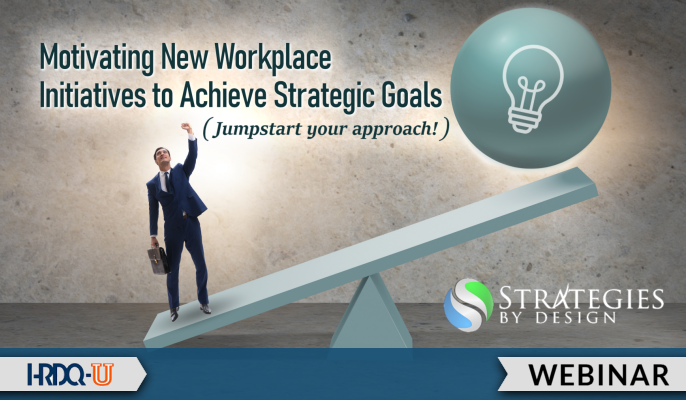- 827 Lincoln Ave. #B-10 West Chester, PA 19380
- support@hrdq.com
- +1-610-279-2002
Quick Links
Menu
Featured Topics
Menu
Total Results
We could not find what you're looking for. Please try again.No Record Found

Our workplace cultures and day-to-day operations continue to evolve rapidly. All of us find ourselves responding to massive changes in our world of work and economy every day. All while grappling with changes in how our clients and customers interact with our products and services. While all those elements are keenly valuable to our organizations, we also are experiencing the changing expectations and desires of our employees.
Today, more than ever, the need to innovate and redesign internal operations, engagement strategies, and services are critical. This call for transformation requires leaders to balance how they respond to diverse and often complicated changes while optimizing business practices. This will ultimately result in higher employee engagement and business success.
Innovation Design does not have to be lengthy or complicated. This webinar will show you how a simple 45-minute session can help you calibrate workplace innovation priorities and quickly (plus elegantly) innovate and design the future of work.


Dr. Judith Cardenas helps leaders, teams, and organizations build cultures of innovation.
Her academic background includes a Doctorate in Education Administration, as well as a Doctorate in Training and Performance Improvement. She has completed a variety of postdoctoral training, including Leadership Development at Harvard University’s John F. Kennedy School of Government, MIT Approach to Design Thinking and Neurocoaching in the area of Innovation from NeuroBusiness Group.
Judith is a Registered Corporate Coach and a Professional Certified Return on Investment Professional.
Judith has created and delivered training to organizations and agencies such as the World Bank, United Nations, QVC, Inc., Phillips Semiconductor, U.S. Navy, U.S. Nuclear Regulatory Agency and U.S. Army, National Institute for Staff and Organizational Development/UT Austin and American College of Radiology.
Strategies By Design helps foster the culture of innovation needed to stay competitive in today’s modern, ever-changing market. Applying innovative techniques and approaches to achieve immediate engagement and growth, enhancing the connection between behavior design and human-centric design.
Website: www. strategiesbydesigngroup.com

Sign up to be notified of upcoming live webinars, in-depth workshops, podcasts, blog posts, promotions and much more. Stay ahead of the curve and subscribe for FREE today!